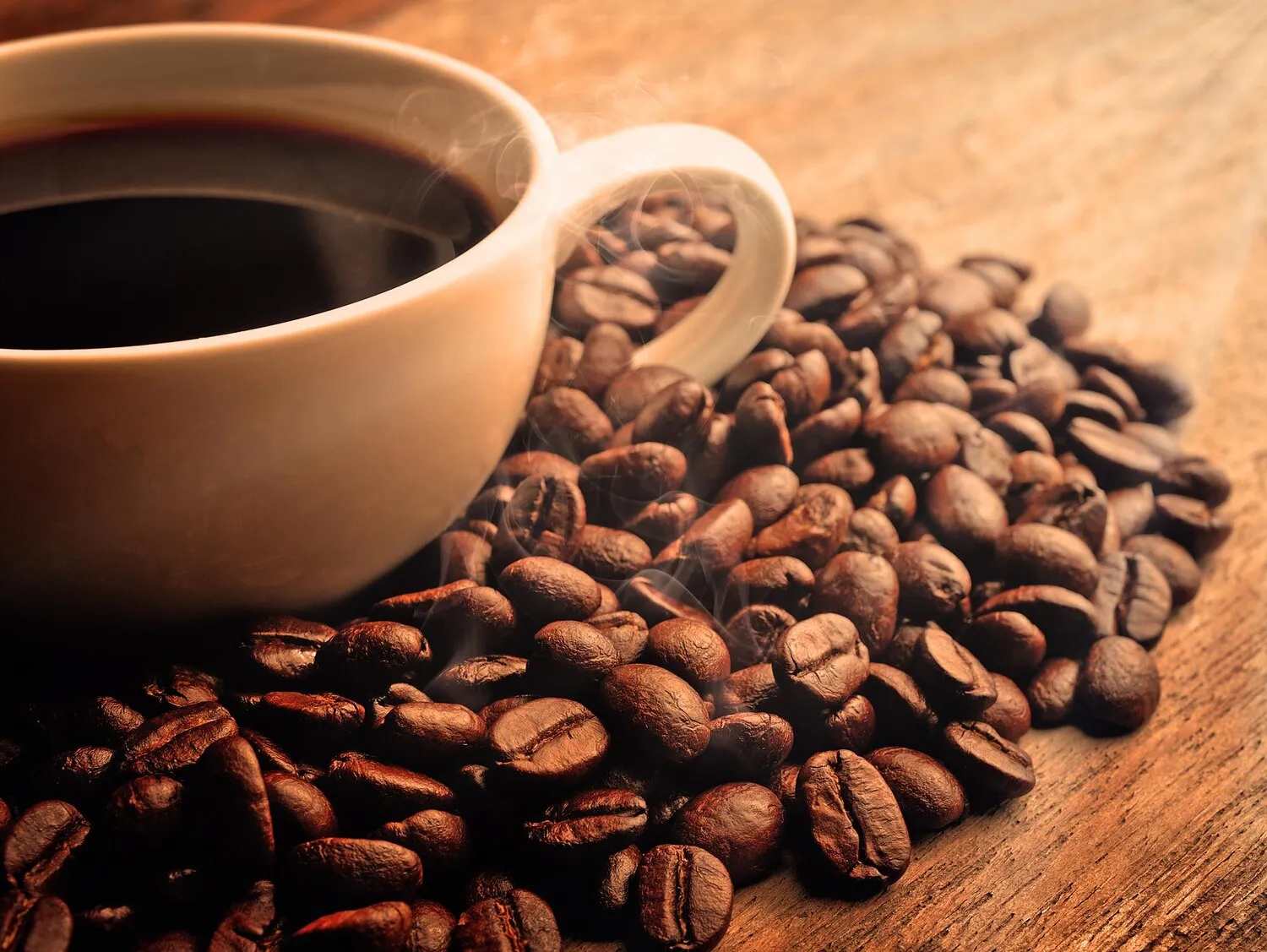
Café
Coffee - Espresso, Cappuccino, and other variations are commonly served.
Nutrition Facts
* The % Daily Value (DV) tells you how much a nutrient in a serving of food contributes to a daily diet. 2,000 calories a day is used for general nutrition advice.
Padaria Imperial
Coffee's journey to Italy began in the 16th century, but the cappuccino as we know it today evolved in the early 20th century in Viennese coffee houses. The original 'Kapuziner' coffee, with whipped cream and sugar, was a precursor. Italians adapted and refined it with espresso and steamed milk, creating the modern cappuccino.
The cappuccino is deeply ingrained in Italian coffee culture, typically enjoyed in the morning and considered less appropriate after midday.
Morning Ritual
Italians typically enjoy a cappuccino as part of their breakfast, often paired with a pastry like a cornetto (Italian croissant). Drinking it later in the day is often frowned upon, as it's considered too heavy to consume after a meal.
Social Setting
Coffee bars (cafés) are central to Italian social life, and cappuccinos are a common order for those catching up with friends or taking a quick break.
Simplicity
The cappuccino is appreciated for its simplicity and balance. Elaborate variations with excessive sweeteners or toppings are generally avoided in traditional Italian coffee culture.
The cappuccino offers a balanced blend of rich espresso, sweet milk, and airy foam, creating a harmonious flavor profile.
The foundation is a single or double shot of espresso, providing a bold, slightly bitter coffee flavor. This is balanced by steamed milk, which adds sweetness and creaminess. The milk foam, ideally thick and velvety, provides a light, airy texture and a slightly sweet flavor. Some variations may include chocolate powder, cinnamon, or other flavorings.
Espresso Quality
Use high-quality, freshly ground coffee beans for the best espresso. The espresso should be rich, crema-laden, and free of bitterness.
Milk Steaming
Steam the milk to create a velvety microfoam – small, tight bubbles that create a smooth, creamy texture. Avoid large, airy bubbles.
Ratio
The traditional cappuccino ratio is 1/3 espresso, 1/3 steamed milk, and 1/3 milk foam. Adjust to your preference, but maintain a balance between the coffee and milk.
Temperature
Serve the cappuccino immediately after preparation, at a temperature that's hot but comfortable to drink.
Explore additional Beverage dishes and restaurants
Explore BeverageDiscover top dining spots and culinary experiences in Limeira.
Explore LimeiraLearn more about the food culture, restaurant scene, and culinary heritage of Brazil.
Explore Brazil
